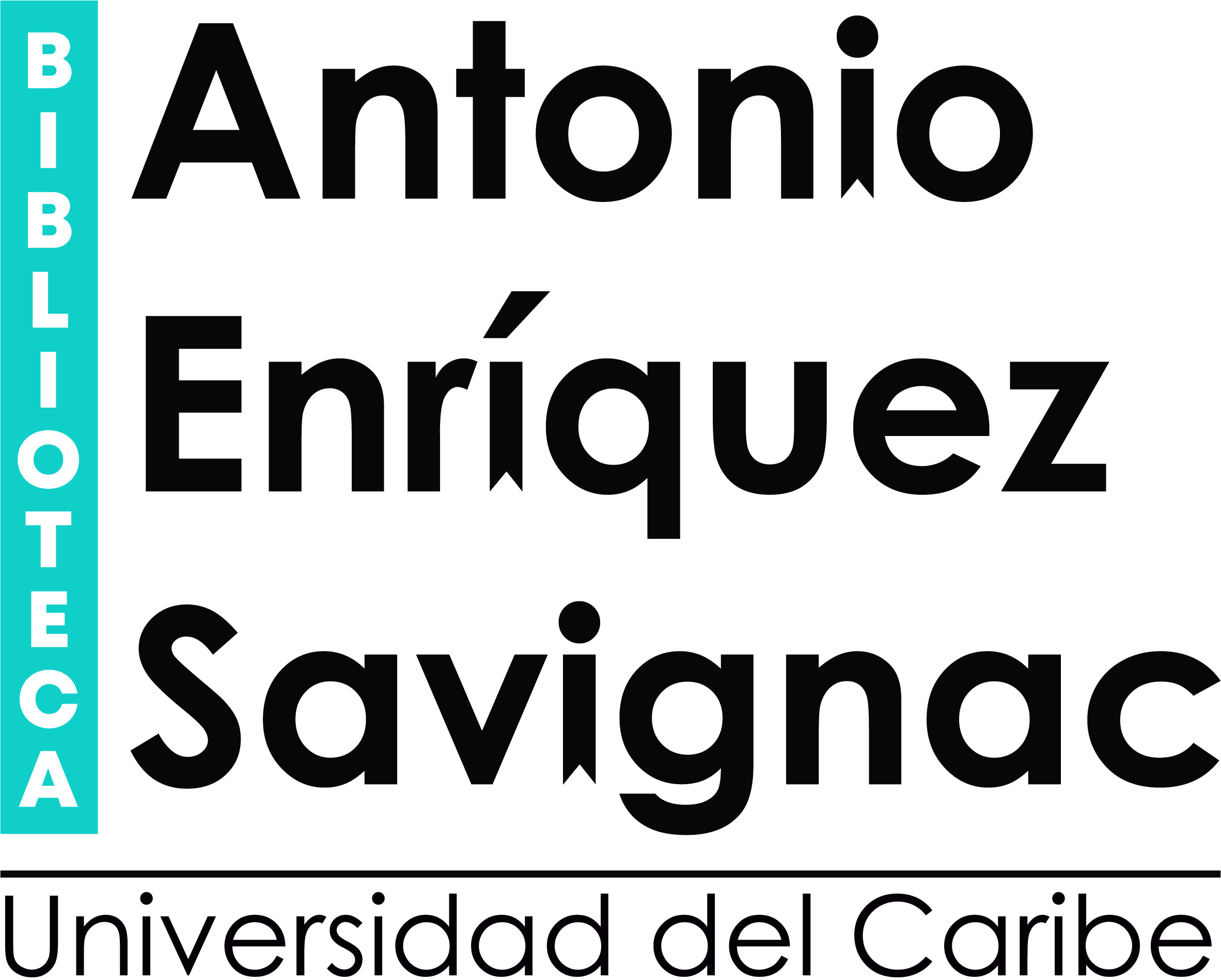21st century technologies : promises and perils of a dynamic future / Organisation for Economic Co-operation and Development.
Tipo de material: TextoIdioma: Inglés Editor: Paris : Distribuidor: OECD, Fecha de copyright: ©1998Edición: --Descripción: 173 páginas ; 23 x 16 cmTipo de contenido:
TextoIdioma: Inglés Editor: Paris : Distribuidor: OECD, Fecha de copyright: ©1998Edición: --Descripción: 173 páginas ; 23 x 16 cmTipo de contenido: - texto
- sin medio
- volumen
- 9264160523
- Twenty-first century technologies [Parte del título]
- Promises and perils of a dynamic future
- 303.48/3 21
- T174 A118 1998
| Tipo de ítem | Biblioteca actual | Biblioteca de origen | Colección | Signatura topográfica | Copia número | Estado | Notas | Fecha de vencimiento | Código de barras | Reserva de ítems | |
|---|---|---|---|---|---|---|---|---|---|---|---|
 Libros para consulta en sala
Libros para consulta en sala
|
Biblioteca Antonio Enriquez Savignac | Biblioteca Antonio Enriquez Savignac | COLECCIÓN RESERVA | T174 A118 1998 (Navegar estantería(Abre debajo)) | Ejem.1 | No para préstamo (Préstamo interno) | Ingeniería en Datos e Inteligencia Organizacional | 033511 |
Navegando Biblioteca Antonio Enriquez Savignac estanterías, Colección: COLECCIÓN RESERVA Cerrar el navegador de estanterías (Oculta el navegador de estanterías)
| T 173 .8 F8818 El futuro de la tecnología / | T 173 .8 I619 2001 The Invisible future : the seamless integration of technology into everyday life / | T 173 .8 O982 The Oxford handbook of innovation / | T174 A118 1998 21st century technologies : promises and perils of a dynamic future / | T 174 .7 G37 2006 Nanotechnology : applications and markets / | T175 G215 2005 La investigación tecnológica : investigar, idear e innovar en ingenierías y ciencias sociales / | T175 G215 2007 La investigación tecnológica : investigar, idear e innovar en ingenierías y ciencias sociales / |
Papers from the conference, hosted by the Westdeutsche Landesbank, at Schloss Krickenbeck near D�usseldorf, Germany, 7-8 Dec. 1997, on the theme "21st century technologies: balancing economic, social, and environmental goals."
Incluye referencias bibliográficas.
Chapter 1.The Promises and Perils of 21st Century Technology: An Overview of the Issues by Riel Miller, Wolfgang Michalski and Barrie Stevens.--
Chapter 2.The Next Twenty-five Years of Technology: Opportunities and Risks by Joseph Coates. --
Chapter 3.Faster, Connected, Smarter by Herv ́e Gallaire --
Chapter 4.Biotechnology for the 21st Century by Werner Arber and Mathis Brauchbar --
Chapter 5.Technological Development and Organisational Change:Differing Patterns of Innovation by Meinolf Dierkes, Jeanette Hofmann and Lutz Marz.--
Chapter 6.Enabling Macro Conditions for Realising Technology’s Potential by Emilio Fontela --
Chapter 7.Global Possibilities: Technology and Planet-wide Challengesby Luc Soete --
Las próximas décadas ofrecen perspectivas de avances notables en una amplia gama de tecnologías omnipresentes que probablemente tendrán un efecto profundo en la forma en que vivimos, trabajamos y pasamos nuestro tiempo libre. Estas tecnologías están destinadas a revolucionar los mundos de la medicina, la agricultura, los viajes y el comercio minorista. . . mucho de lo que nos es familiar en nuestra vida diaria. Usados sabiamente, podrían ser de gran beneficio para la humanidad. Si se utilizan incorrectamente, podrían significar la pérdida de oportunidades y riesgos innecesarios. El desafío para la sociedad es inmenso. ¿Cuál sería el costo de no adoptar un cambio dinámico? ¿Qué tipo de dilemas éticos surgirán de nuevos avances en ingeniería genética? ¿La difusión de nuevas tecnologías creará nuevas divisiones sociales? ¿Qué tipo de sociedades resultarán más hábiles a la hora de aprovechar el vasto potencial tecnológico? ¿Cuál es la mejor manera en que los países pueden cooperar para maximizar los beneficios de los efectos indirectos? Este libro analiza la extraordinaria promesa de los avances tecnológicos durante los próximos veinte años y evalúa algunas de las cuestiones clave (económicas, sociales, ambientales y éticas) que los tomadores de decisiones en Los gobiernos, las empresas y la sociedad enfrentarán en las próximas décadas.
The next few decades hold the prospect of remarkable progress in a wide range of pervasive technologies that are likely to have a profound effect on how we live, work, and spend our leisure time. These technologies are sit to revolutionize the worlds of medicine, agriculture, travel, retailing. . . much that is familiar in our daily lives. Used wisely, they could be of huge benefit to mankind. Used wrongly, they could mean lost opportunities and unnecessary risks.The challenge for society is immense. What would be the cost of failure to embrace dynamic change? What kind of ethical dilemmas will arise from further breakthroughs in genetic engineering? Will the spread of new technologies create new social divisions? What sort of societies will prove most adept at harnessing the vast technological potential? How can countries best cooperate to maximize the benefits of spillovers?This book reviews the extraordinary promise of technological advances over the next twenty years, and assesses some of the key issues--economic, social, environmental, ethical--that decision-makers in government, business, and society will face in the decades ahead.

